Pan-fried Razor Clams — A Trip to Sunset Beach Pays Off
Love of razor clams will make you go to great lengths if you’re an outdoor adventurer.
It drove Mom and me to get up at 3:30 a.m. recently on one of my days off in order to pick up friends Tina and Alison Martin and head out on the three-hour drive from Salem to Sunset Beach, north of Seaside, Oregon, in time to get there for the minus tide at 7:30 a.m. I can’t remember the last time I got up at 3:30 a.m. Nor can I remember the last time I drove 125 miles to catch dinner.
Loaded with buckets, clam gun, shovel, waders, knee-high boots and snacks, we drove out of town when it was still dark. Dawn was nowhere in sight and the streets were deserted.
Actually I should clarify that the only person in the car who was driven to do this by a bivalve lust was me. I’m not sure Tina really loves razor clams as much as she just wanted to go along with me on an outdoor adventure. Her daughter Allison was talked into going because I lured her with the opportunity of her making a video of our adventure. Allison is a graduate student at Columbia University in New York and was home for a visit. And Mom? Well, Mom just didn’t want to sit at home in an empty house, so she went along.
We headed up Interstate 5 to Portland and took Highway 26 to Seaside. There were few cars on the highway. And it was way too early for cheery road-trip songs. We made good time, with our only stop being at a rest area on the highway after it made its descent from the Coastal Range mountain pass. Even in the summer, the morning mist still hugged the Coastal Range. When I returned to the car, I was roped into a rendition of “I’m Henery the Eighth, I Am” by Tina and Allison with the video camera running. Not knowing this piece of campfire Americana, I merely watched in amusement as I was directed to punctuate portions with “Henery” and “Not Sam.” Mom watched from a distance, puffing away at her cigarette, a smile creeping across her face as the sun finally rose over the mountains and broke through the clouds.
By the time we got to Seaside, it was almost 7:30 a.m. and I set the GPS to Sunset Beach Lane so I wouldn’t miss it. As luck would have it, we weren’t that far away. It was between Seaside and Warrenton, and the small road led right onto the beach. It’s one of several spots in Oregon where you can drive your car right onto the beach. When we got there, only two other cars were parked on the beach. In the distance a figure with a golden retriever was combing the sand. On the opposite end of the beach, a couple were dragging a clam gun along as they roamed. The surf was calm. As I donned my waders and Tina put on the pair of knee-high boots I brought her, I explained to Allison behind the video camera that about 95% of the razor clams that are gathered in Oregon come from this stretch of beach between Seaside and Astoria. For reasons only a marine biologist could explain, razor clams are abundant along this long, narrow, finger-shaped stretch of shallow beach, commonly referred to as the Clatsop Spit, that juts into the ocean and then curves up to the mouth of the Columbia River.
As we headed to the beach from the car, Alison and Tina asked me what to look for. And from my research as well as a last-minute phone call to a friend who grew up in this area and frequently dug for razor clams, I knew that we needed to look for “shows” or signs of razor clams beneath the sandy surface. There are several ways that razor clams “show” themselves. Along the receding surf, if you see ripples in the shape of a V as the water pulls away from the beach, that’s a sign that a razor clam’s siphon is creating that V-shaped ripple. On the dry beach, you look for dimples in the sand where a siphon hole has filled up with blowing sand or an intact siphon hole about half the size of a dime. When you see these signs, you center your clam gun (a metal tube with handles on it) over the hole and then push down in the sand and pull up a tube of sand and, hopefully, the razor clam with it.
The first few times I did this, we pulled up sand worms, sand shrimp and sand crabs, but no razor clams. Evidently we mistook the small holes on the sand surface for razor clam “shows” when they were made by these other critters. Then the fourth time we hit the jackpot. When I pulled up the tube of sand with the clam gun, there was no clam in the tube of sand, but in the hole I had excavated, I could see the siphon and the very top edge of the clam itself. The clam, exposed, knew we were coming and was digging itself deeper into the sand. I scooped out some sand with my bare hands and caught the shell with my fingers and realized the suckers were pretty sharp, so I asked Tina, who was wearing gardening gloves, to go for it. She scooped away, feeling the bottom of the sand pit until she could tell where the clam was and then scooping out sand until she could grab the clam and pull it out. Realizing that she had touched a clam, she let out an excited yelp and dropped the clam on the beach. I brushed it off for her and showed them her prize. A razor clam about five inches long. Into the nylon mesh bag it went. And we continued roaming the beach and looking for holes in the sand. After about an hour, we had dug up eight clams.
I was clad in a fleece jacket because it was cool, but I was starting to drip with sweat from all of the exertion so I decided to take a break and chat with the couple who were also clamming. It turned out that they lived nearby and had five razor clams in their nylon bag. I grilled them on their technique and what to look for. They were obliging and confirmed what I believed. They said the clams weren’t showing themselves as readily today because of a recent storm along the coast. Evidently the clams don’t like it when their sandy domain is stirred up by Mother Nature and they bury themselves deeper in the sand to protect themselves. This makes their siphon holes and other “shows” less visible.
I walked back to Tina and Alison and we spent another half an hour combing the beach, Alison and Tina calling to me whenever they saw a hole in the sand and I would trot over with the sand gun and do my duty. We got four more nice-sized razors and decided it was time to head for a real breakfast at Tina’s treat in Seaside. I’m not sure if was the exertion from the clam digging, or the beautiful outdoors, but those eggs and blueberry pancakes sure tasted delicious.
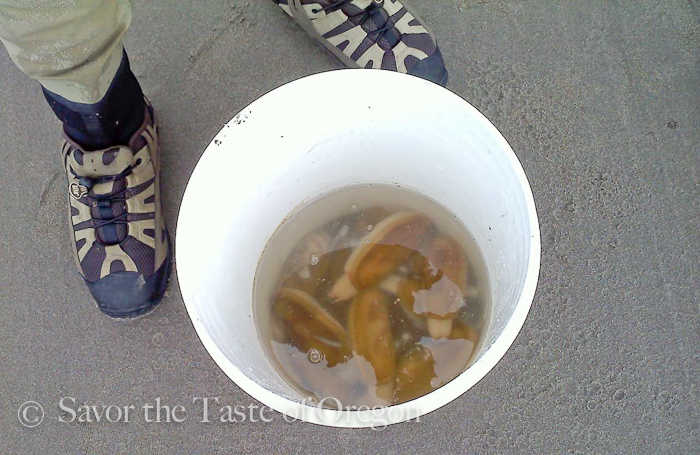
Before leaving the beach with the clams, I filled a 5-gallon bucket halfway with seawater and put the clams in them. Then I got a bag of ice and laid it carefully in the water so that it didn't crush the clams. This kept the clams cool and happy for the trip home.
With the clams safe in a bucket of seawater with a bag of ice thrown in, we headed for home.
When I got home, I wasn’t ready to deal with cleaning the clams. I was ready for a nap. So I got a spare aquarium air pump, plugged it in and dropped the hose and sandstone in the water to keep the clams on life support until I was ready to deal with them in the afternoon.
Charles is the razor clam cleaning expert of the family, so I needed him to show me how to do it. His technique involves blanching the clams in boiling water for a few seconds to get them to pop open before dunking them in ice water to stop the cooking, and then proceeding to remove their bodies for cleaning. It’s an effective method for getting the suckers out of their shells, which although long, are brittle and sharp when broken. After cleaning the clams, I vacuum-packed half of them for the freezer and put the other half in a sealable Pyrex dish in the fridge until I was ready to cook them for dinner. On the menu tonight: pan-fried razor clams and corn on the cob!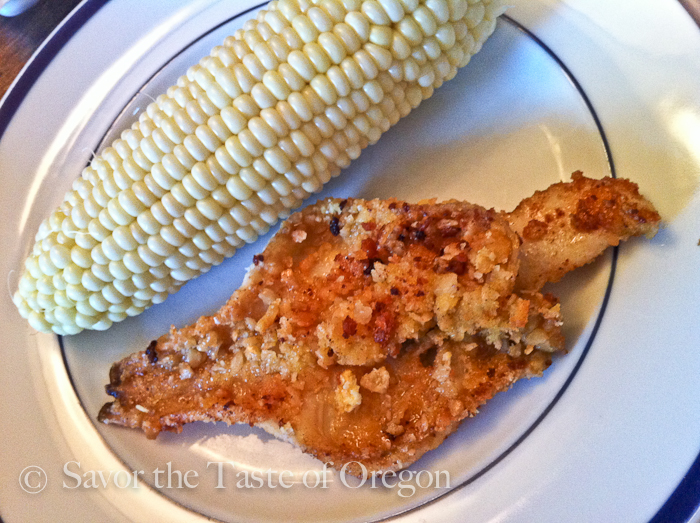
Trader Vic’s Pan-Fried Razor Clams
Serves three
Ingredients
- 8 ounces (227 gr.) Saltine crackers finely crushed by hand or in a food processor until they’re the consistency of matzo meal
.(Note: this may seem like a lot of crackers for six clams but you want to make sure you have plenty to easily coat the clams) - 2 tablespoons (30 ml.) Italian seasoning mix
- 2 eggs
- 2 cups (480 ml.) oil for frying
- 6 razor clams, shelled and cleaned (if you’ve never done that, watch our video
at the bottom of this post)
Method
- Place the crushed Saltines in a Pyrex dish and mix in the Italian seasoning.
- Crack 2 eggs into another Pyrex dish and beat until yolks have mixed with white.
- Heat the oil in a pan over high heat.
- Dredge the clams
,one at a timein the egg, making sure the entire clam is coated. Then dredge the clam in the Saltines on both sides to completely cover the clams with crushed Saltines. - Place the clams in the hot oil and fry for one minute before using tongs and a spatula to turn them over to fry the other side. Repeat process until done with all clams and serve while hot with tarter or cocktail sauce along with corn on the cob or your choice of sides.
Enjoy the videos below showing how to clean razor clams and how to dig for razor clams.
— Vic
About the Author (Author Profile)
Victor Panichkul is a journalist and writer by training; a cook, wine lover and photographer by passion; and a lover of the outdoors since moving to Oregon more than 10 years ago. He is a native of Bangkok, Thailand.
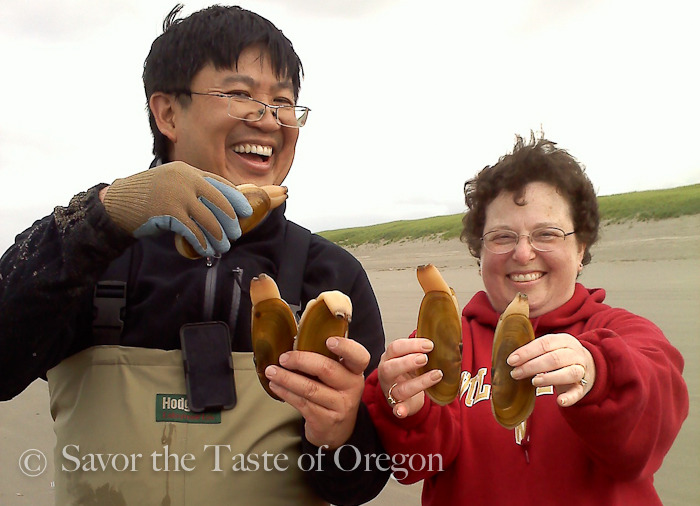






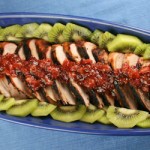



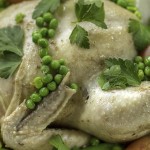

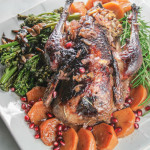

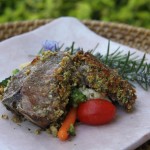

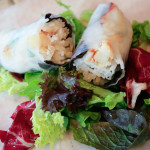





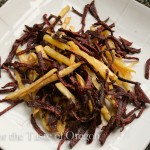


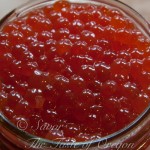




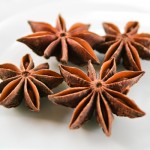






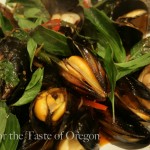



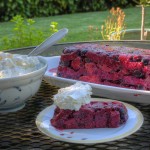
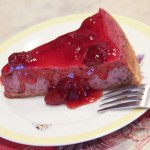

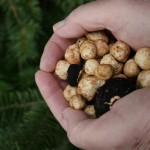
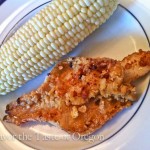


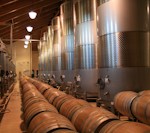
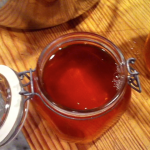
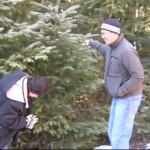
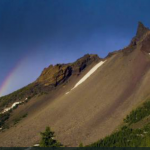



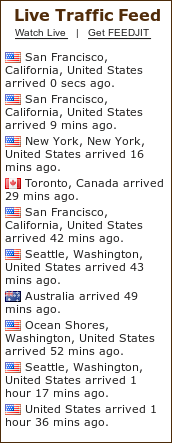





What a great lesson on Razor Clams. Now I can look forward to a new summer activity! Can’t wait to try this out. Thank you for the info Vic and Charles.
Your trip for Razor Clams sounds like quite an adventure and the dinner sounds good also. You are really adventurous and appear to enjoy life to the fullest. Carry on.
Thanks for the encouragement Marlene!